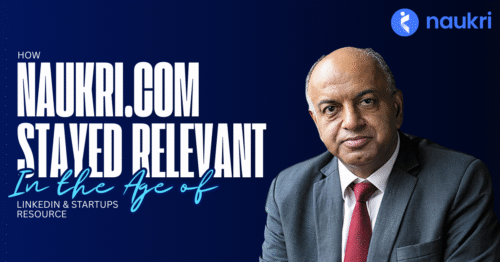From a humble food directory to a global food tech giant, Zomato’s journey is a rollercoaster of innovation, aggressive expansion, and tough business decisions. But how did an Indian startup become a worldwide name, and why did it eventually retreat from some markets? Let’s dig in—pun intended!
1. The Birth of Zomato: A Foodie’s Dream
Back in 2008, two Delhi-based food enthusiasts, Deepinder Goyal and Pankaj Chaddah, noticed a problem: people in their office were constantly flipping through printed restaurant menus. Annoyed by the inefficiency, they scanned and uploaded these menus online, creating “Foodiebay.”
By 2010, Foodiebay rebranded to Zomato, expanding beyond menus to include reviews, ratings, and photos. The idea was simple: make restaurant discovery effortless.
Key Early Moves That Helped Zomato Grow:
User-Generated Content: Encouraged diners to leave reviews, building trust.
Aggressive Local Expansion: Covered every major Indian city before going global.
Restaurant Partnerships: Worked closely with eateries to ensure accurate info.
2. Going Global: The Ambitious Expansion Phase
Zomato didn’t just want to dominate India—it wanted the world. Between 2012 and 2015, it expanded to 23 countries, including the UAE, Australia, the UK, and the USA.
How Did Zomato Crack International Markets?
Acquisitions: Bought competitors like Urbanspoon (USA) and NexTable (USA).
Hyperlocal Approach: Adapted to each country’s dining culture (e.g., alcohol listings in Europe).
Free Listings First: Built a massive database before monetizing.
At its peak, Zomato was operating in 24 countries, competing with giants like Yelp, Deliveroo, and Uber Eats.
3. The Harsh Reality: Why Zomato Exited Some Markets
Despite its global dreams, Zomato had to pull out of several countries, including:
- USA (2016) – Tough competition from Yelp & Grubhub.
- UK & Singapore (2020) – High operational costs, low profitability.
- Lebanon, Czech Republic, Slovakia (2015-16) – Low market traction.
Top Reasons for Exits:
Fierce Competition: Markets like the US had entrenched players.
High Burn Rate: Running operations in multiple countries was expensive.
Regulatory Challenges: Food delivery laws varied widely.
Focus on Profitability: Zomato shifted focus to India, UAE, and Australia—its strongest markets.
4. The Pivot to Food Delivery & Going Public
Zomato wasn’t just about discovery—it wanted to deliver food too. In 2015, it launched Zomato Delivery, competing with Swiggy.
Game-Changing Moves:
Acquired Uber Eats India (2020) – Became the #2 player after Swiggy.
IPO in 2021 – India’s first major food tech IPO, valued at $13 billion.
Tech Innovations: AI-driven recommendations, live order tracking, and cloud kitchens.
5. The Future: What’s Next for Zomato?
Zomato isn’t slowing down. Here’s what’s cooking:
Expanding Quick Commerce (Blinkit) – Groceries in 10 minutes!
Subscription Model (Zomato Gold) – Loyalty-driven revenue.
Deeper India Focus – Tier 2 & 3 cities are the next frontier.
Conclusion: A Story of Grit, Gambles, and Growth
Zomato’s journey is a masterclass in scaling fast, failing fast, and pivoting faster. It took risks, stumbled, but kept evolving. While it had to exit some markets, its core markets (India, UAE, Australia) are thriving, proving that strategic retreats can be as important as expansions.
Humanizing the Brand: What Can We Learn?
Start with a real problem (like messy menus).
Expand smartly, not just aggressively.
Know when to pivot or pull back.
Tech + customer love = long-term success.
At Fuerte Developers, we help businesses unlock the power of data-driven marketing through modern tech solutions, including AI-based predictive analytics, custom software, CRM integration, and performance marketing. Whether you’re a startup or an enterprise, we can help you forecast customer needs and scale smartly.
Follow Us | Our Services | Contact Us







